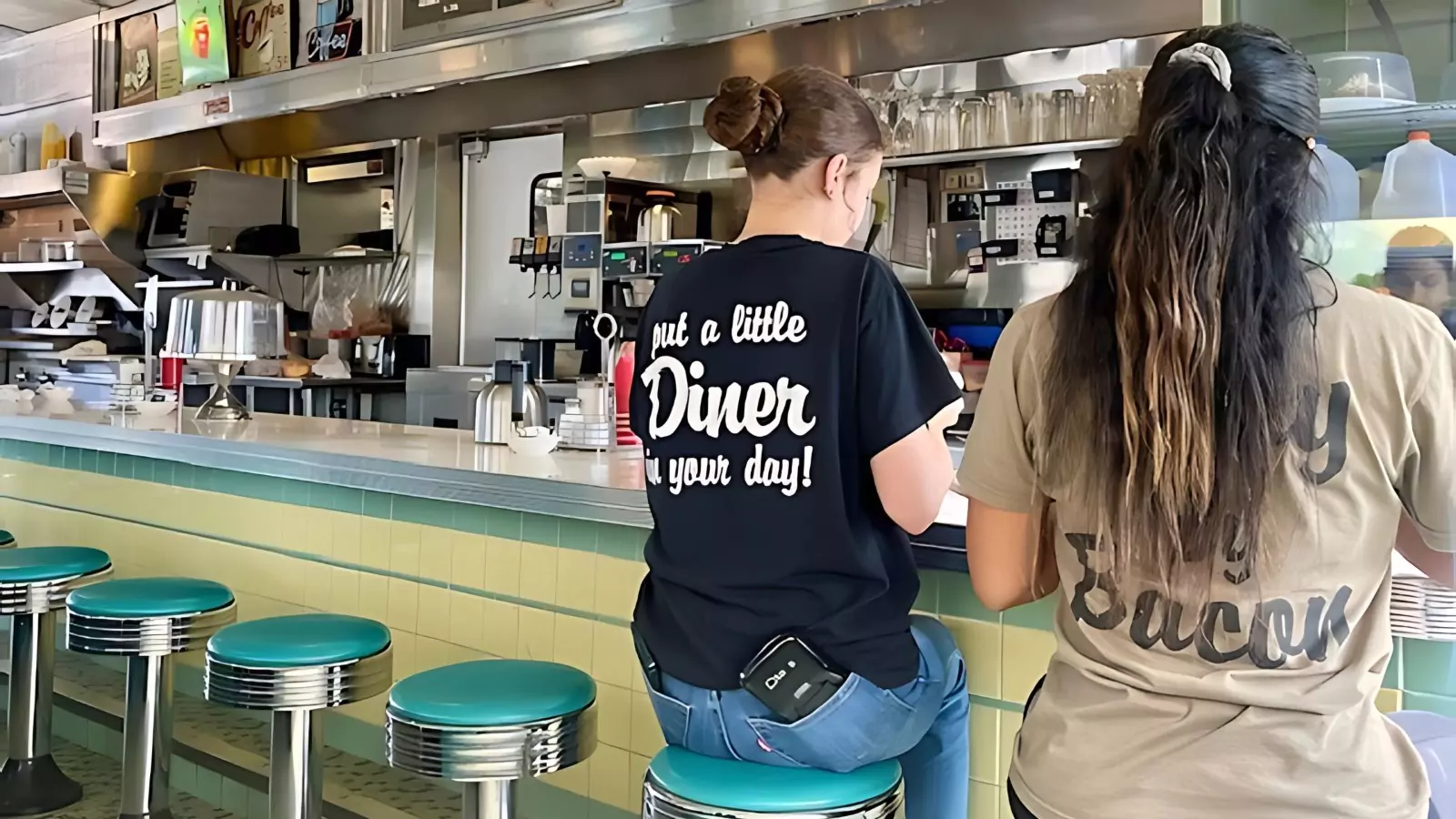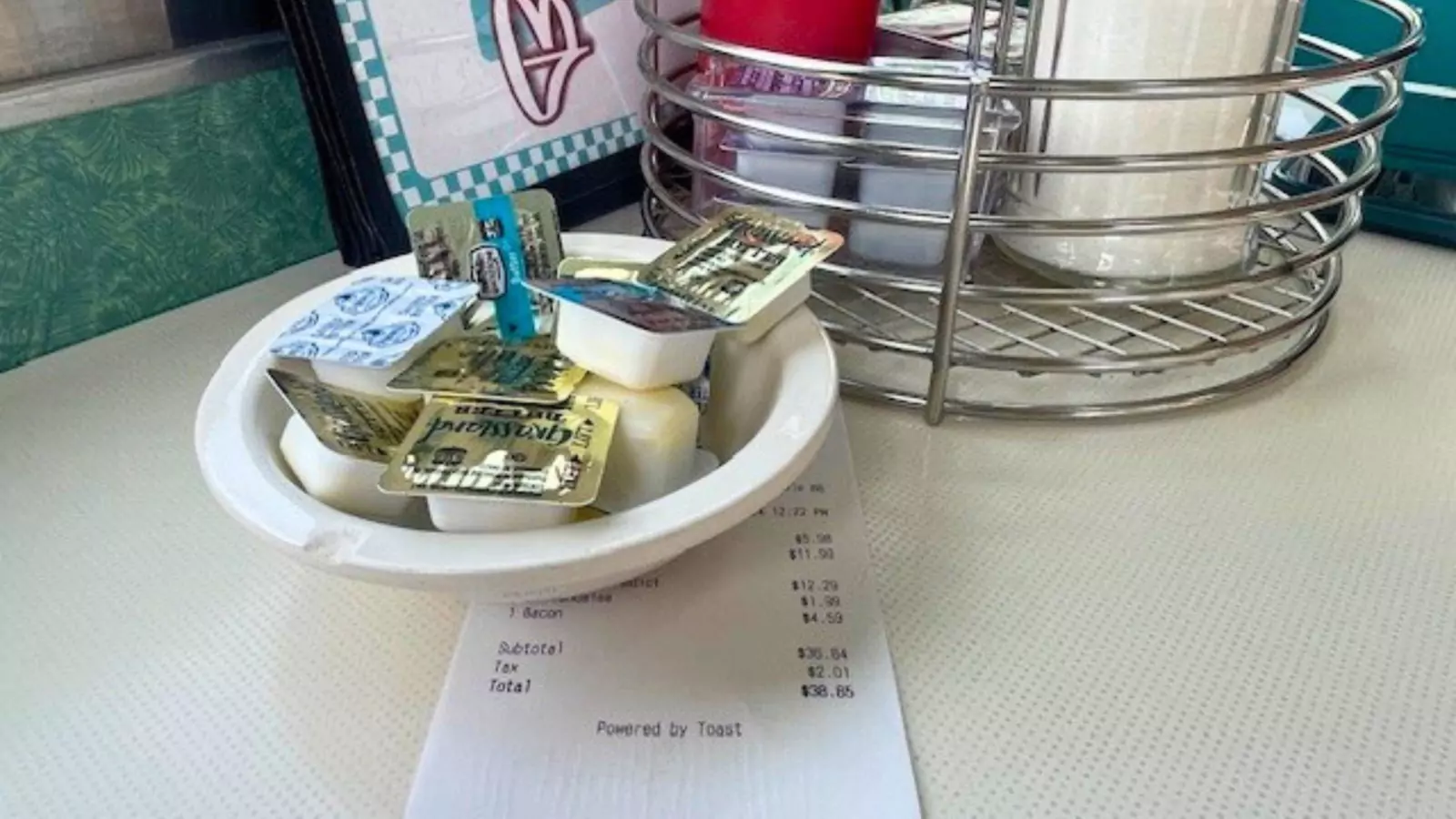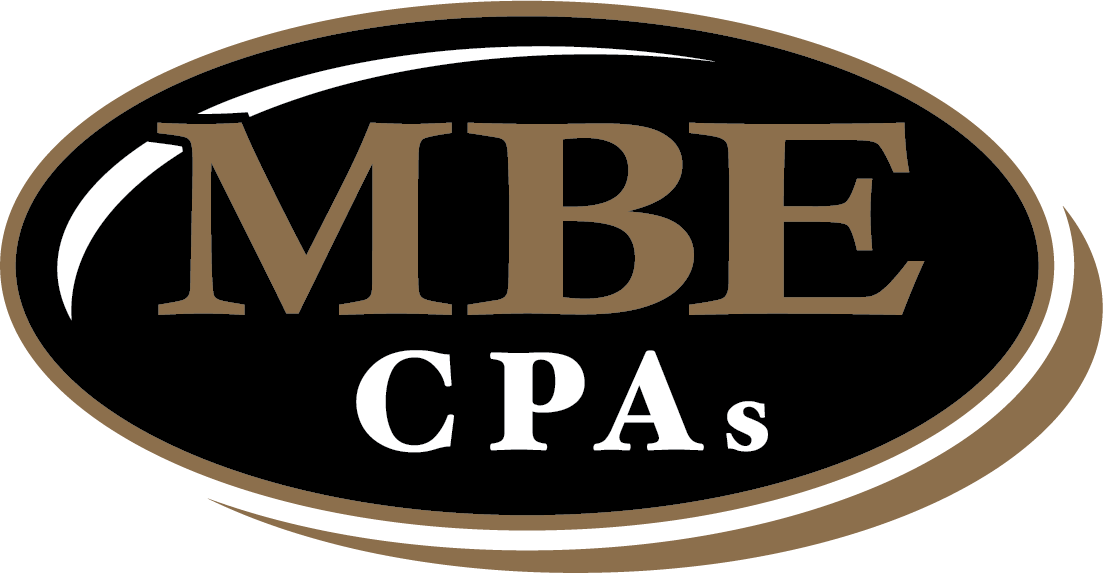How a Great POS System Can Transform Your Restaurant

Authored by: Doug Gross—Partner, CPA, CGMA & Kim Wegner — Partner, CPA, CVA, CGMA | Updated On: November 13, 2025
The dinner rush is in full swing at the family steakhouse down the street. The best server is weaving between tables with practiced grace, taking orders on a handheld device that instantly sends them to the kitchen. Two miles away, the local burger chain is experiencing their lunch peak as customers tap their orders on self-service kiosks while staff focus on food preparation and order fulfillment. Both establishments watch real-time sales figures climb on their dashboards, and at closing time, instead of spending hours reconciling receipts and manually entering sales figures, their daily numbers automatically sync with their accounting software.
This isn’t a fantasy. Modern Point of Sale (POS) systems are transforming restaurants of all types. Whether you offer full-service or quick-service, upgrading from outdated cash registers drives real results. Restaurants adopting POS systems commonly see a 10% to 15% increase in revenue, revealing their true impact on growth. That level of performance isn’t luck. It starts with the technology behind it.
Featured Topics:
- What Makes a POS System Different from Basic Payment Processing?
- Why Does POS Integration with Your Bookkeeping Matter?
- How Can POS Systems Support Tip Reporting and No Tax on Tips Compliance?
- How Can an Integrated System Provide Better Service with Your CPA?
- Which Features Should You Look for in a Restaurant POS System?
- What Should You Consider When Choosing a POS Provider?
- How Will This Investment Transform Your Restaurant Operations?
- Moving Forward with Confidence
What Makes a POS System Different from Basic Payment Processing?
Basic payment processing is a single function. It allows a business to accept and process credit card payments. A point-of-sale (POS) system, however, is a comprehensive business management platform that connects all parts of a business. Taking payments is simply one of its many jobs.
Modern POS systems are improving the dining experience across the industry by facilitating immediate communication between the front and back of the house. In casual dining restaurants with table service, digital ordering devices let servers send orders directly to kitchen display systems, helping reduce errors and speed up table turnover. Counter-service and quick-service eateries benefit from self-service kiosks, which improve order accuracy and allow staff to dedicate more time to food preparation and customer service. In fact, self-service kiosks can increase the average order size by 10% to 30% by suggesting add-ons and special promotions. This is a significant step up from old cash register systems.
A comprehensive POS system provides benefits for both restaurant types, including:
- Real-time sales and inventory monitoring gives full-service managers insight into which entrees are selling and helps quick-service operators track ingredient usage during busy periods.
- Integrated online ordering capabilities enable sit-down restaurants to capture delivery revenue and fast-food operations to increase drive-through sales.
- Customer data collection allows fine-dining establishments to remember guest preferences, while quick-service chains can use it to build loyalty programs.
- Employee scheduling and time tracking support labor cost control, whether you’re staffing servers and bussers or counter staff and kitchen crews.
- Comprehensive reporting tools turn daily operations into actionable insights for any restaurant format.
Why Does POS Integration with Your Bookkeeping Matter?
Each month, restaurant owners lose about 30 hours to manual accounting tasks, resulting in considerable lost time. Integrated POS instantly records revenue, giving a clear view of daily earnings. For full-service spots with intricate pricing and multiple streams, integration prevents costly errors. Quick-service benefits by accurately tracking high-volume, low-cost transactions, avoiding large discrepancies.
The integration between your POS and bookkeeping system delivers several key benefits:
- Automated daily sales transfers eliminate hours of manual data entry each week.
- Reduced human error in financial records leads to greater accuracy and reduces costly mistakes.
- Real-time financial visibility allows you to make informed decisions based on current performance.
- Faster month-end closes free up time for planning and business development.
Your restaurant POS system is essential to accounting software because it keeps accounting organized. When everything is mapped correctly, the POS is extremely helpful in keeping accounting organized, serving as the foundation for sound financial management.

How Can POS Systems Support Tip Reporting and No Tax on Tips Compliance?
As changes to tip taxation policies gain attention, accurate tip tracking has become more important than ever. A modern POS system automatically captures and categorizes all tip transactions, creating a complete audit trail that supports compliance with current tax regulations and prepares your restaurant for potential changes in tip taxation. This automation eliminates manual calculations that often lead to reporting errors while providing the detailed records needed for payroll processing and tax filings.
How Can an Integrated System Provide Better Service with Your CPA?
When your POS system connects seamlessly with your accounting software, your Certified Public Accountant (CPA) gains access to clean, organized data that enables more valuable advisory services. Rather than spending time correcting data entry errors, your accounting team can focus on analysis and providing guidance.
Your CPA can deliver:
- Timely financial analysis based on accurate, real-time data from your restaurant operations.
- Proactive cost management advice by identifying trends in food costs, labor expenses, and seasonal variations.
- Cash flow forecasting that helps you plan for slow periods and capitalize on busy seasons.
- Tax planning approaches supported by detailed transaction records and expense categorization.
- Growth planning guidance using comprehensive data about your restaurant’s performance patterns.
The difference is remarkable. Instead of waiting weeks for financial reports while data gets manually entered and verified, you receive insights that help you make better business decisions while opportunities are still fresh.
Which Features Should You Look for in a Restaurant POS System?
The features you need in a restaurant POS system vary depending on your service model. Full-service restaurants have different needs than quick-service establishments. Both types of restaurants, however, benefit from cloud-based systems that provide real-time access to sales data and inventory levels.
When evaluating POS systems, look for these features:
- For full-service restaurants:
- Tableside ordering devices that let servers take orders and process payments at the table.
- Split billing capabilities for groups who want separate checks.
- Integration with reservation systems to connect table management with order processing.
- Bar tab management for tracking open tabs and controlling alcohol service.
- For quick-service operations:
- Self-service kiosks that help reduce wait times and increase order accuracy.
- Drive-through integration that coordinates ordering, payment, and fulfillment.
- Mobile app ordering that allows customers to skip lines during peak periods.
- Kitchen display systems that prioritize orders and track preparation times.
- For both restaurant types:
- Cloud-based architecture that provides access from anywhere and automatic software updates.
- Inventory management tools that track usage and alert you to low stock levels.
- Employee management features that include scheduling, time tracking, and performance reporting.
- Multiple payment options, including contactless payments and digital wallets.
- The right POS system can make a huge difference. It speeds up service, keeps orders accurate, tracks sales in real-time, and makes staff and inventory management much easier. For more information, you might consider reviewing a detailed list of restaurant POS systems.

What Should You Consider When Choosing a POS Provider?
The POS market ranges from basic processors to full management platforms. When choosing a POS, review respected providers. Some offer free basic plans for new businesses, while others offer advanced plans for chains. POS programming must fit your business’s needs.
Consider these factors:
- Scalability that supports your growth from a single location to multiple sites.
- Integration capabilities with your existing accounting software and other business tools.
- Support quality, with a focus on training resources and technical assistance.
- Total cost of ownership, including hardware, software, processing fees, and ongoing support.
- Industry-specific features designed for your restaurant format rather than general retail solutions.
How Will This Investment Transform Your Restaurant Operations?
Installing the right POS system brings meaningful improvements to your restaurant’s daily operations, no matter your service style. By reducing time spent on routine tasks, staff can dedicate more attention to guests and deliver a smoother dining experience. With better tools for order management and reporting, restaurant owners gain clearer insight into both front-of-house and back-office performance, making it easier to spot opportunities, address issues quickly, and support long-term growth.
Moving Forward with Confidence
A great POS system represents more than a technology upgrade. It’s an investment in your restaurant’s future growth and your own peace of mind. With a modern POS system, your restaurant’s financial data flows directly from operations to accounting, providing real-time visibility and a solid foundation for making informed business decisions. This seamless connection means you can spend less time on manual tasks and more time planning your business’s future.
At MBE CPAs, we understand how technology can transform restaurant operations across all service formats. We work with restaurant owners who have implemented integrated POS and accounting systems, ranging from family-owned restaurants to multi-unit quick-service franchises using QRS POS systems. We have seen firsthand how these tools create opportunities for growth and improved profitability.
Ready to simplify your restaurant’s accounting and gain clearer financial insights? Contact our CPA firm to discover how a modern POS system can reduce manual tasks and help you make better business decisions. MBE CPA’s CAS can also handle your complete bookkeeping and financial reporting needs, or download our Ultimate Restaurant Accounting Toolkit for actionable tips and resources. We’re here to support your restaurant’s growth with guidance on accounting and technology.
